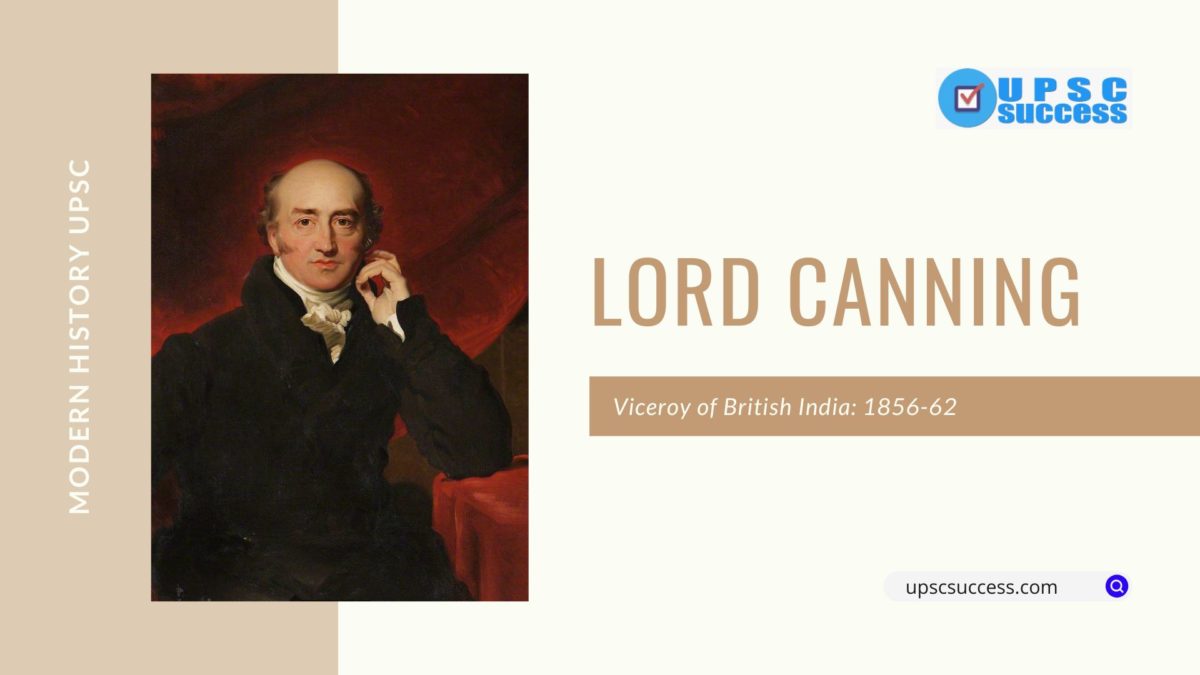Contents
Charles Canning (14 December 1812 – 17 June 1862), also known as Viscount Canning and Clemency Canning, was a British statesman and Governor-General of India during the Indian Rebellion of 1857, as well as the first Viceroy of India after the East India Company was transferred to the Crown of Queen Victoria in 1858 after the rebellion was crushed.
| Born: | 14 December 1812, Brompton, London |
| Died: | 17 June 1862, Grosvenor Square, London, United Kingdom |
What was Lord Canning’s notable work?
After the British East India Company was transferred to the crown, Canning presided over the reform of the Indian administration. In 1859, he has bestowed an earldom. He reformed his executive council under the Indian Councils Act of 1861, establishing departmental responsibility allocation
The most significant event during his administration was the outbreak of the sepoy revolt, 1857. Lord Canning suppressed it and the Parliamentary Act of 1858 followed the event. By the Proclamation of the Queen, the east india company’s rule ended and the Crown of England took over the government of India. Though he meted out punishment to those who had taken part in the uprising, yet he avoided indiscriminate vengeance on the Indians as far as possible and thus earned the title of ‘Clemency Canning’. He restored law and order in an effective way and introduced a reform in the administration.
What are some of the major reforms under Lord Canning?
1. Queen Victoria’s proclamation and India Act of 1858
2. White Mutiny
3. Indian Councils Act of 1861
4. Indian Penal Code in 1860
5. Suppressed Wahabis movement
FAQs
Lord Canning was the first Viceroy of India. His tenure lasted for four years between 1858 and 1862.
Lord Canning, who was the Governor-General and Viceroy at the time, introduced the portfolio system. In this system, each member was assigned a portfolio of a particular department.

